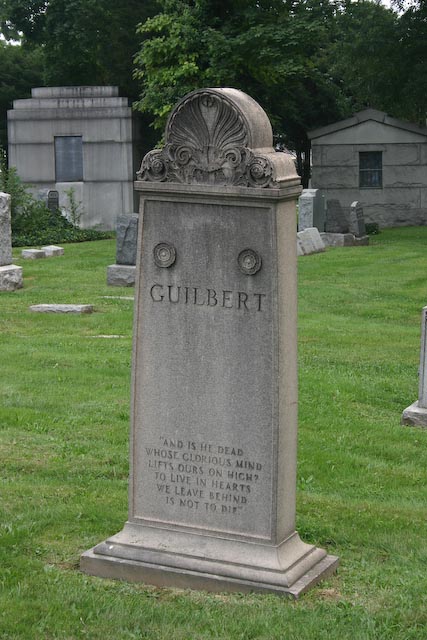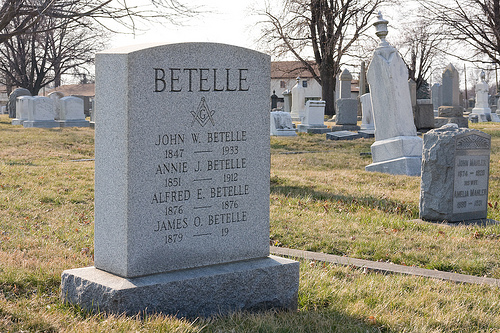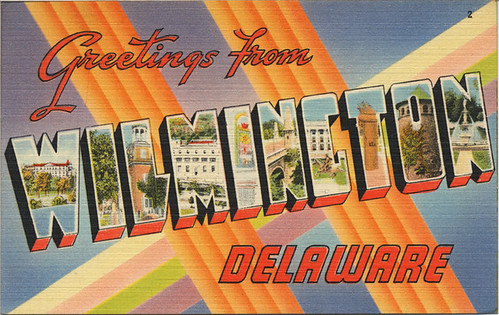 I finally visited Ernest Guilbert’s gravesite. I had made an attempt a while ago, but the office was closed. Evergreen Cemetery in Hillside, NJ, is over 150 acres, so I wasn’t about to look the hard way.
I finally visited Ernest Guilbert’s gravesite. I had made an attempt a while ago, but the office was closed. Evergreen Cemetery in Hillside, NJ, is over 150 acres, so I wasn’t about to look the hard way.
I went directly to the office, a charming little Mansard Victorian building near the main gate. The clerk was quickly able to find the record book entry for Guilbert. We discovered that his lot had three plots; his, his wife Anna, and a third, still empty and available to any Guilbert descendant. Guilbert died December 1, 1916, and according to the cemetery records, the cause was “Anemia”, and was buried on the 4th.
The clerk noted that near the lot was a tall monument, which would help locate it. I walked to the area on the map she circled, and spent about ten minutes looking for it. I couldn’t find it. I tromped back and forth where I thought it should be countless times, and was starting to get frustrated. And then I saw it, in a completely different location than I thought it should be, by about 50 feet.
The monument the clerk noted was actually Guilbert’s. It’s a tall stone, and faces the path where it’s clearly visible. A few feet from the monument are two headstones bearing Ernest and Anna’s names (hers with Bunn, as she had remarried.) The inscription reads:
And is he dead,
whose glorious mind
Lifts ours on high?
To live in hearts
we leave behind
Is not to die.
The stanza is from the poem Hallowed Ground by Thomas Campbell, written sometime in the early 1800s. According to the AIA Biography, James Betelle selected the passage. Given the size of the monument and his large, front-page obituary, it’s clear Guilbert was very well regarded–and missed–when he died.



